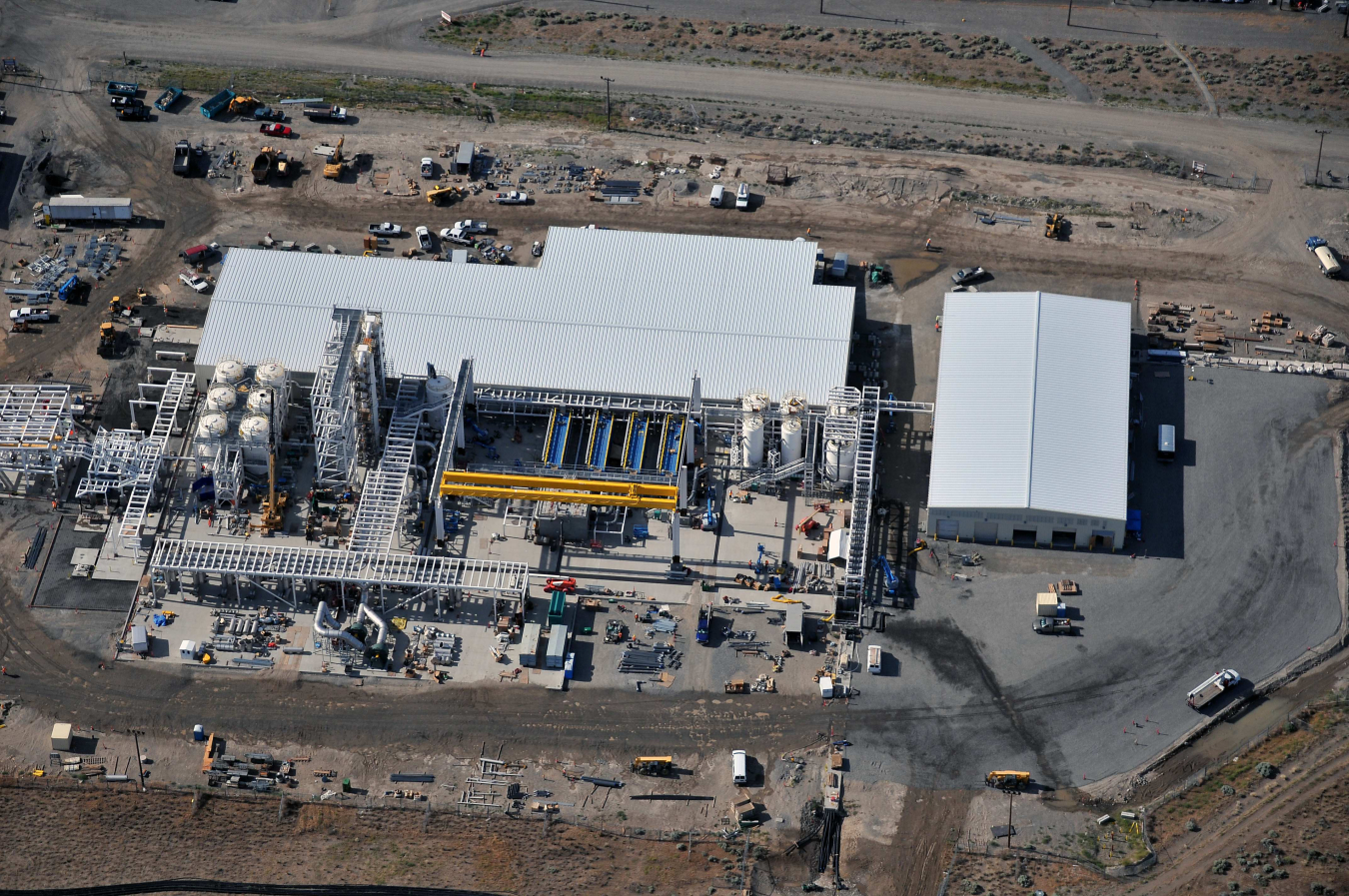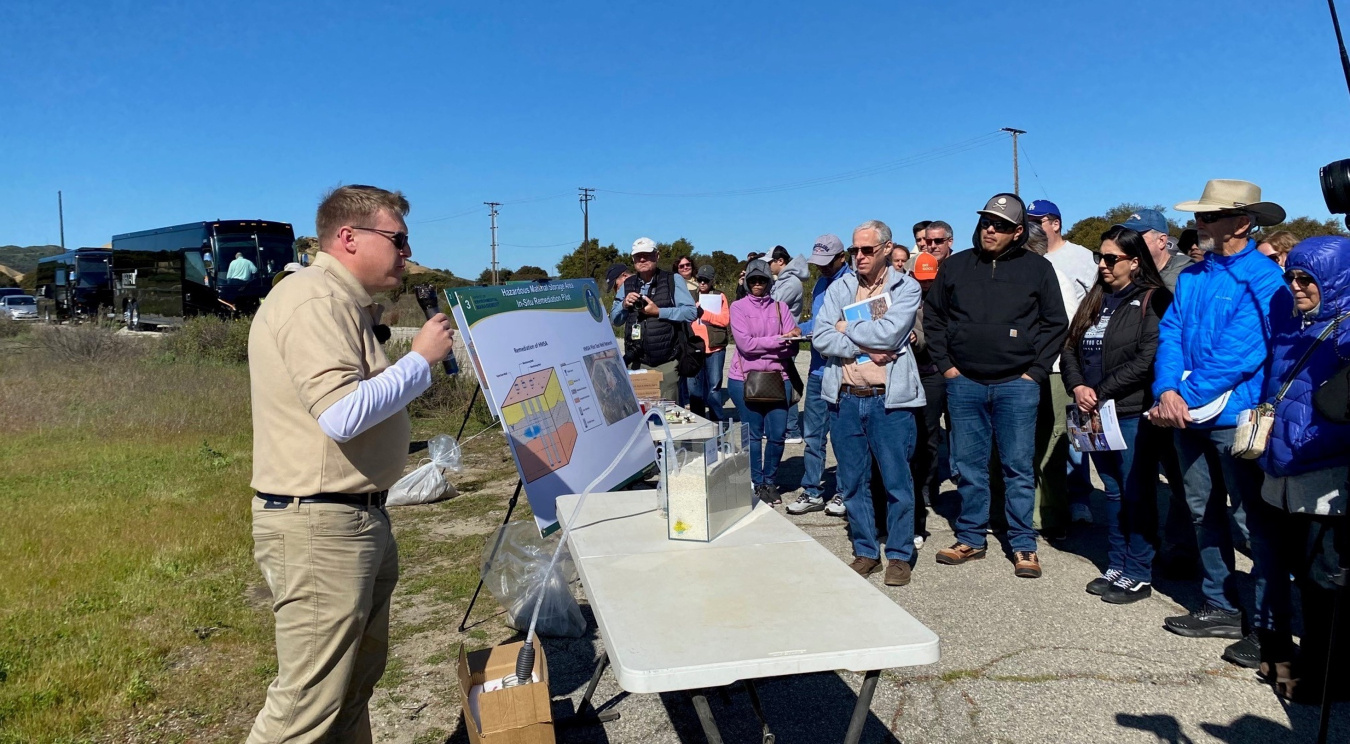The Department of Energy’s (DOE) Office of Environmental Management (EM) manages one of the largest groundwater and soil remediation efforts in the world. The inventory at the EM sites includes 6.5 trillion liters of contaminated groundwater, an amount equal to about four times the daily U.S. water consumption, and 40 million cubic meters of soil and debris contaminated with radionuclides, metals, and organics. EM’s Office of Subsurface Closure is working with EM site managers around the country to help find solutions to their specific technical issues. At the large sites such as Hanford, Savannah River and Oak Ridge, the Office of Subsurface Closure has conducted research and demonstration projects to test new technologies and remediation approaches.
The primary goal of the Office of Subsurface Closure is to expedite closure of major soil and groundwater sites and waste units. The Office of Subsurface Closure is locating existing technologies to leverage advances in science and engineering; focusing development of new technologies to overcome intractable technical barriers; and providing alternative clean up strategies through the technical assistance program.
Large complex groundwater plumes remain at these EM sites:
- Hanford (Central Plateau and River Corridor)
- Savannah River (F-Area and M-Area)
- Paducah
- Los Alamos
- Oak Ridge

Technical Assistance Program
For over two decades, Savannah River National Laboratory has managed a dynamic and efficient national program sponsored by EM that provides teams of technical experts with a broad experience base to recommend strategies to address DOE’s challenging environmental problems when standard approaches have not worked. Industrial facilities typically select traditional approaches (e.g., pump and treat, soil vapor extraction) in the design and implementation of remedial strategies. At some sites, these approaches prove to be too costly, inadequate or ineffective. Alternatively, other sites struggle with implementation of innovative but less well understood approaches. Since 2006, the Technical Assistance Program has focused on providing support across the EM complex. During this time, 25 technical assistance teams have visited 11 EM sites and made recommendations that yielded an estimated cost savings of $100 million, generating a return on investment of 30 to 1 for the program.
Each technical assistance team is:
- Selected to address a specific technical need;
- Focuses on identification of key technical risks (known technical issues that could prevent project success) and identification of technical uncertainties (indefinite or unpredictable aspects of a project);
- Works closely with sites and regulators to develop solutions and strategies that minimize detrimental impacts to the environment, project budgets and schedules; and
- Develops phased solutions that may combine multiple technologies and recommends specific steps to optimize project implementation and performance.
An important goal of the Technical Assistance Program is to address the specific concerns of regulators and stakeholders and to facilitate acceptance of recommended approaches and solutions. On average, 3-4 technical assistance teams are deployed each year across the DOE complex to assist DOE site in addressing high priority issues/needs at selected sites.


